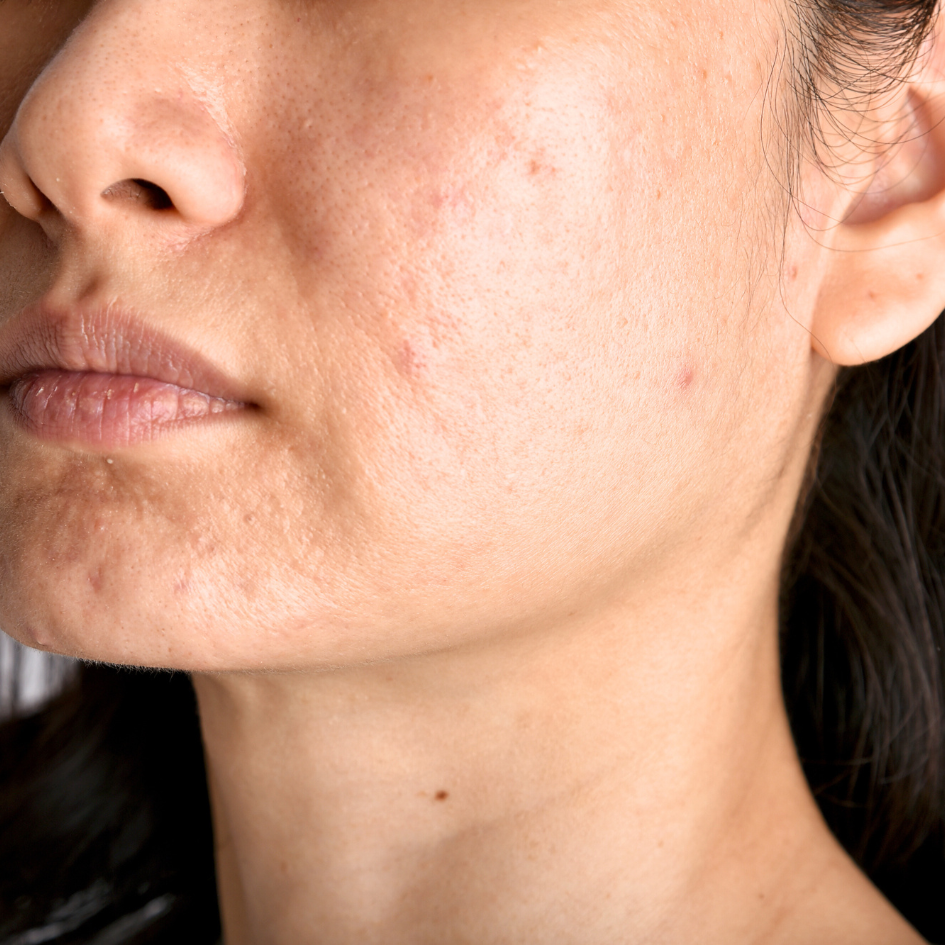Scars
Treatments RIO offers for Scars are:

Scars are a natural part of the body’s healing process, resulting from the biological repair of skin wounds. However, their appearance can vary widely depending on numerous factors, including the nature of the injury and individual skin types. Understanding the different types of scars is crucial for effective treatment and skincare strategies.
Types of Scars
1. Atrophic Scars
Characteristics: These scars are characterized by a sunken or pitted appearance and commonly result from skin conditions like acne or chickenpox.
Examples: Ice pick scars, boxcar scars, and rolling scars.
2. Hypertrophic Scars
Characteristics: These are raised scars that are confined to the boundary of the original injury. They often have a red and firm appearance and may become less noticeable over time.
Common Causes: Surgical incisions, traumatic wounds, and burns.
3. Keloid Scars
Characteristics: Keloids are raised, often large scars that extend beyond the original injury site. They are more common in darker skin types and can be itchy or painful.
Common Causes: Any skin injury, including minor ones like piercings or acne.
4. Contracture Scars
Characteristics: These scars cause the skin to tighten, potentially affecting underlying muscles and tendons. They can impair movement if located near a joint.
Common Causes: Burns are the most common cause of contracture scars.
5. Stretch Marks
Characteristics: Technically a form of scarring, stretch marks are streaks on the skin caused by rapid stretching due to growth or weight gain.
Commonly Affected Areas: Abdomen, breasts, hips, and thighs.
Treatment Options
Treatment varies depending on the type and severity of the scar:
- Topical Treatments: Gels, creams, and ointments containing silicone can help in managing the appearance of scars.
- Steroid Injections: Often used for hypertrophic and keloid scars to reduce size and itchiness.
- Laser Therapy: Can help in reducing the appearance of scars and improve skin texture.
- Surgical Removal: In some cases, surgery may be an option to remove or alter the scar.
- Microneedling: This procedure stimulates collagen production and can improve the appearance of atrophic scars.
Preventing and Minimizing Scarring
Proper Wound Care: Clean wounds and follow appropriate care steps to reduce the risk of severe scarring.
Avoid Sun Exposure: Protect scars from the sun, as UV rays can darken them.
Don’t Pick at Scabs: Picking can increase the risk of scarring.
